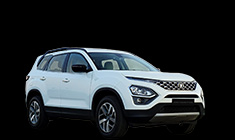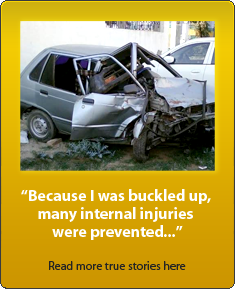News
Do modern motorcycle engines need a run-in period?
Dealers typically recommend that new owners should not take their bike above 60 km/h.
BHPian V0rtex recently shared this with other enthusiasts.
I've seen a similar post on TeamBHP, but it was made in 2012. Since then, bikes have become much more modern, and precision in manufacturing has significantly improved. Is it still necessary to religiously break in your motorcycle? Dealers typically recommend that new owners should not take their bike above 60 km/h, and the service manual provides an RPM range above which the bike shouldn't be ridden during the run-in period. Here is what Royal Enfield says about the 650 twins:

Should you really follow these guidelines until 2000 km? For many occasional riders, 2000 km might take 6 months or even a year to cover. Is it really necessary to break in your motorcycle with this much care? Please share your experience.
Here's what BHPian 7000rpmplus had to say on the matter:
I'm on my third motorcycle now. And I have always religiously followed the manufacturer's guidelines. My reasoning is that, the engineers who manufactured the machine know better than a layman like me. So, I would follow their instructions for the long-term health of my motorcycle.
Here's what BHPian Ratan_Prabhu had to say on the matter:
Short answer : Yes, stick to what is recommended in the owners manual (ignore what the sales person tells you if it is different from what is in the manual)
Long answer : Actually a personal choice. But I always go by the understanding that a motorcycle manufacturer and engineers who make the engine know much more about the engine and it's maintenance and longevity than myself. So what is suggested in the manual, I stick to it. In your example of RE 650 twins, these don't revv too high. 4000 rpm and 6000 rpm should translate to speeds of 100 kmph and 120 kmph respectively at those rpms (on top gear). Now ask yourself. Is it so difficult to remain at or below those speeds for 500 kms / 2000 kms ? Maybe it is difficult because it's such a great bike and you want to enjoy full power right from the delivery. But again, owner manual recommendation is for a reason and we should respect that.
In future well post run in period, if you get any engine problems, you shouldn't feel regret thinking "maybe I should have run-in better in line with the manual recommendation" right ? So going by simple logic and also for better peace of mind in long run, just stick to the run in procedure recommended in the manual.
Here's what BHPian rajeevsulu had to say on the matter:
I always stick to the recommendation of the manufacturers. It is for a reason that these recommendations are made. All the moving parts in an engine, even if they are precision engineered, require a period of time,under optimal working conditions,to "bed-in",so to speak. Harsh motoring will damage the engine.
I vividly remember riding my TVS 50 AT 30 kmph for the first 500 kms. Later on with my Silver-plus,Rx-100, Apache 150, Interceptor 650, Maruti 800, Esteem, Hyundai Accent,Tata Harrier and Thar,I did the same.
All these vehicles provided and still provide riding and driving pleasure because I stuck to these recommendations religiously. Atleast,I think so.
Cheers
Here's what BHPian ashkamath had to say on the matter:
I have heard that Modern motorcycle engines do not require breaking in as much as their older counterparts.
However, It is still advisable to go slow initially and follow the instructions mentioned in the owner’s manual.
Being careful while logging kilometers before a motorcycle’s first service will ensure the engine's health. Follow the guidelines suggested by the manufacturer while using your motorcycles for its thousand kilometers.
Do not rip the motor in its early days and keep the engine speed below the prescribed limits. Once the engine and transmission have correctly settled in, you can let the tachometer needle swing its way higher up the rev range.
It's a bit inconvenient to ride slow when the road permits better speed and you could invite some looks of disdain from other riders. However, it's better to stick to the manufacturer's recommendations in these matters.
Here's what BHPian blogslogger had to say on the matter:
A bit of a left field opinion from an engineering perspective. Most engines are 'Run-In' from the factory already. And the red-line is usually less than the actual limit of the engine. So the break in requirements are not very essential.
However, from a driving perspective, breaking in is quite important. You get time to understand the machine better, its behavior and its characteristics. Since a new vehicle is certainly different from your existing vehicle, understanding every aspect of it becomes paramount
The magical 60 or 80 or 120 Km/h limit is precisely for that reason. So that people don't go above the limits (albeit self imposed) and get to know better.
As far as I know, only tyres and brakes need to be broken in, as the grip of the tyres and the bite of the brakes improve with a bit of wear.
Read BHPian comments for more insights and information.


















